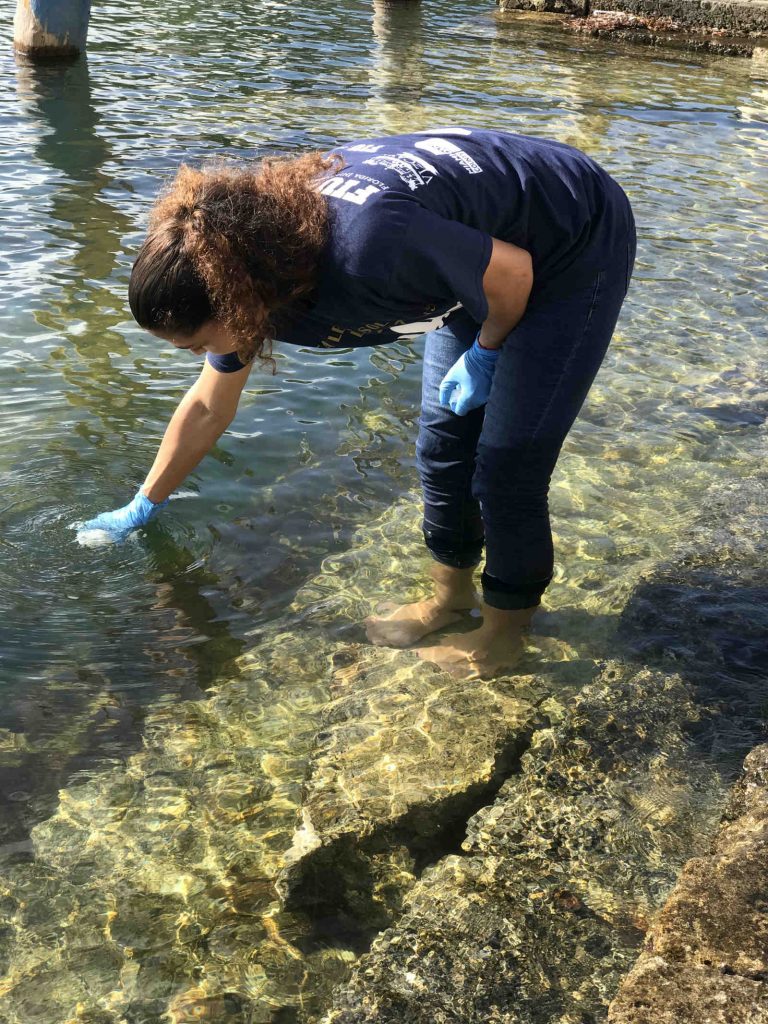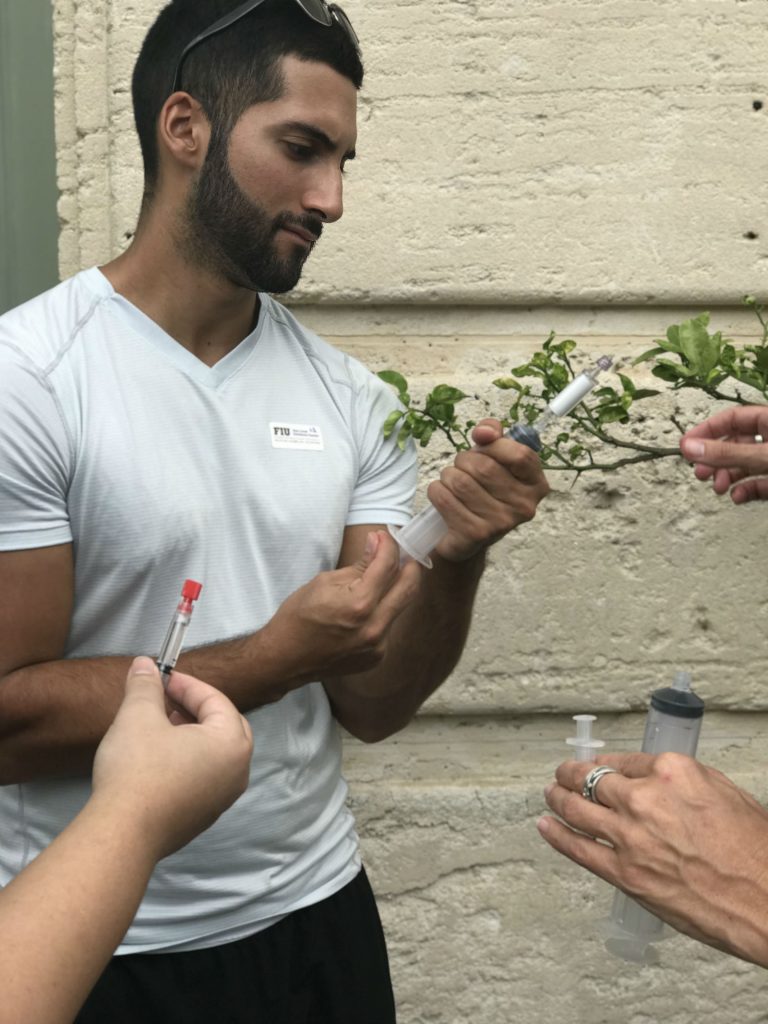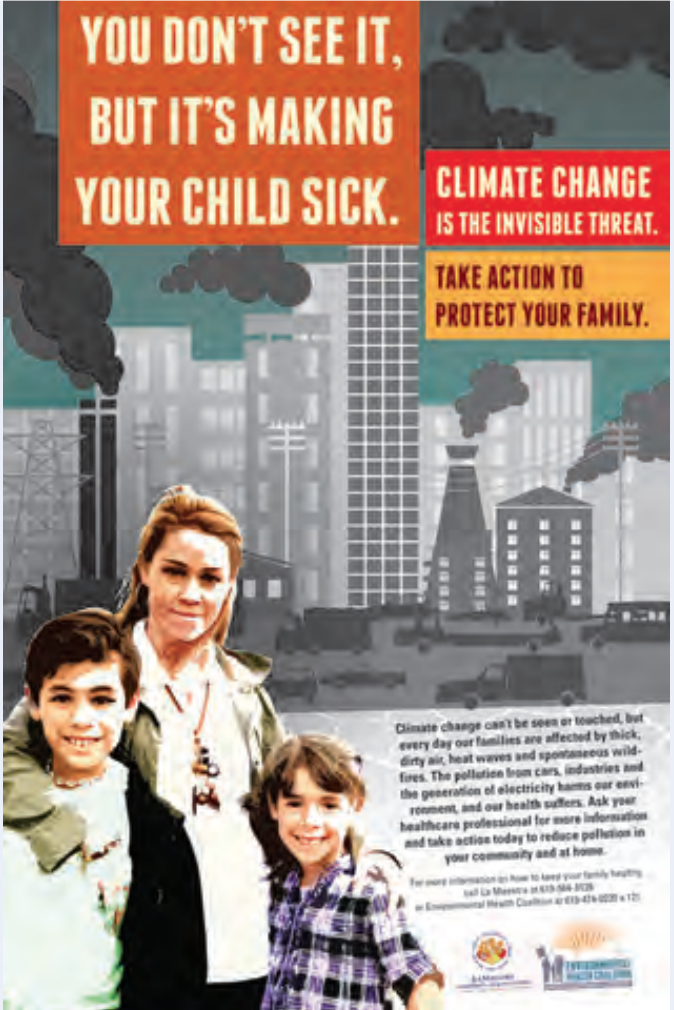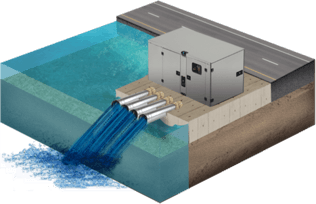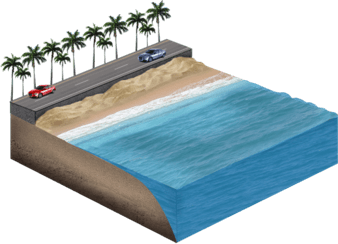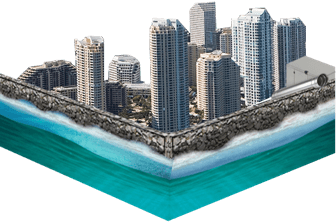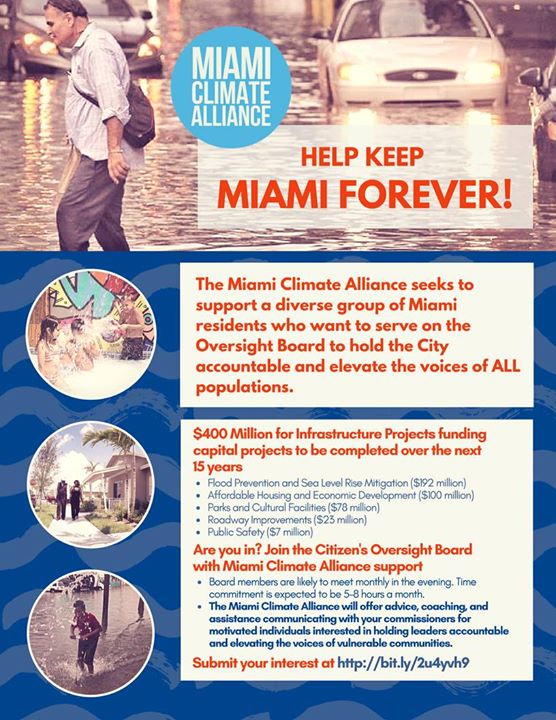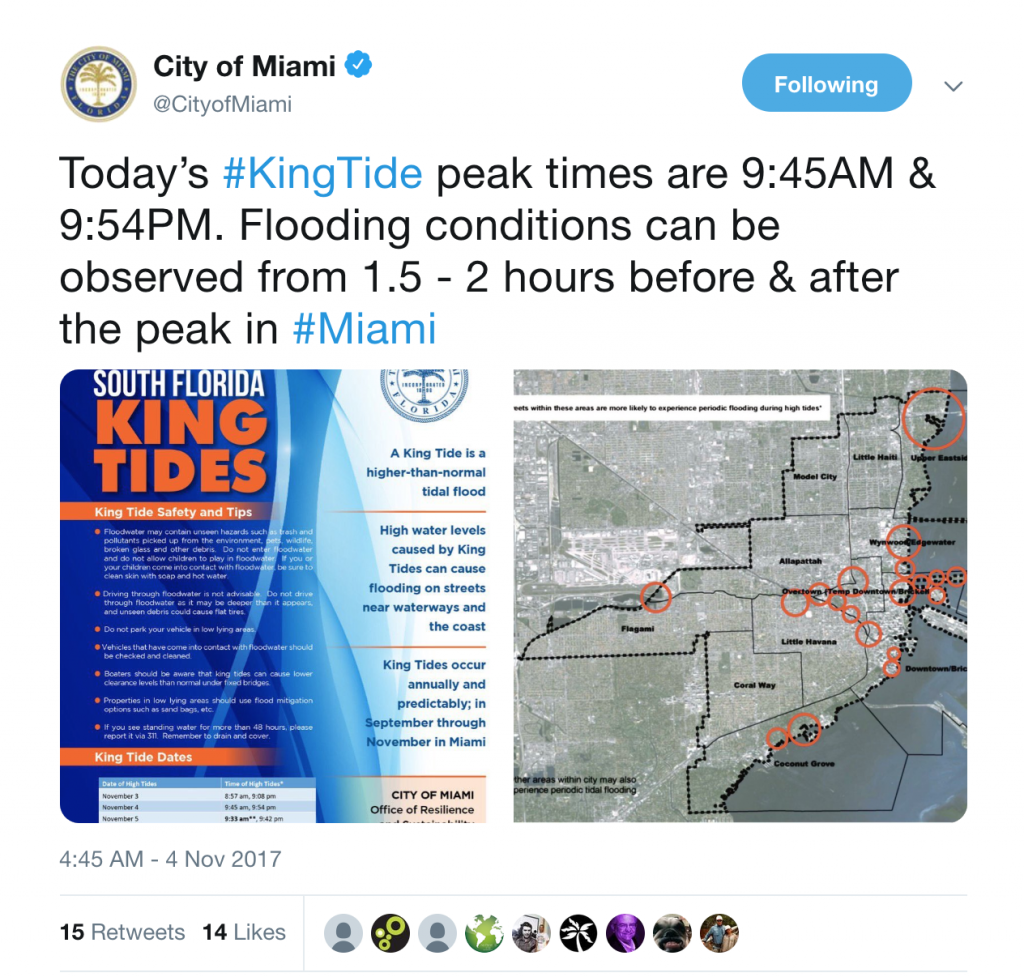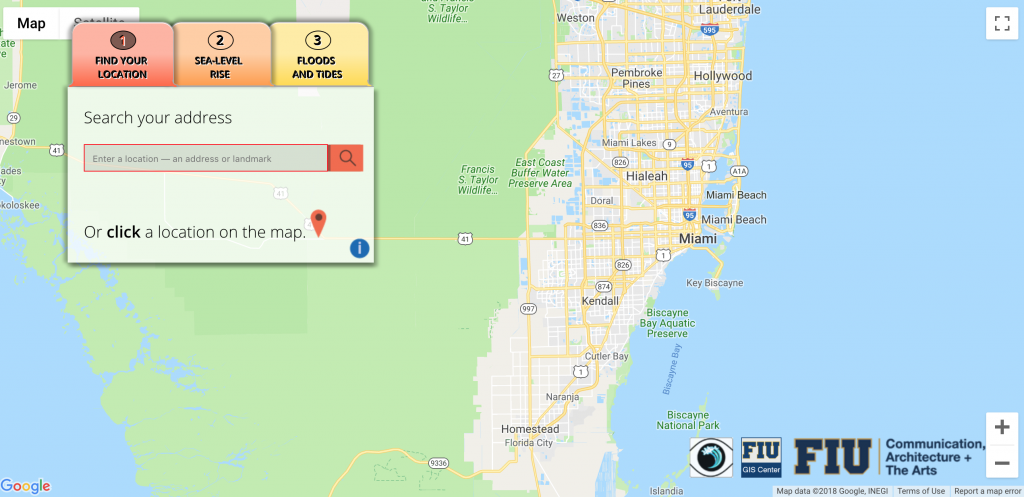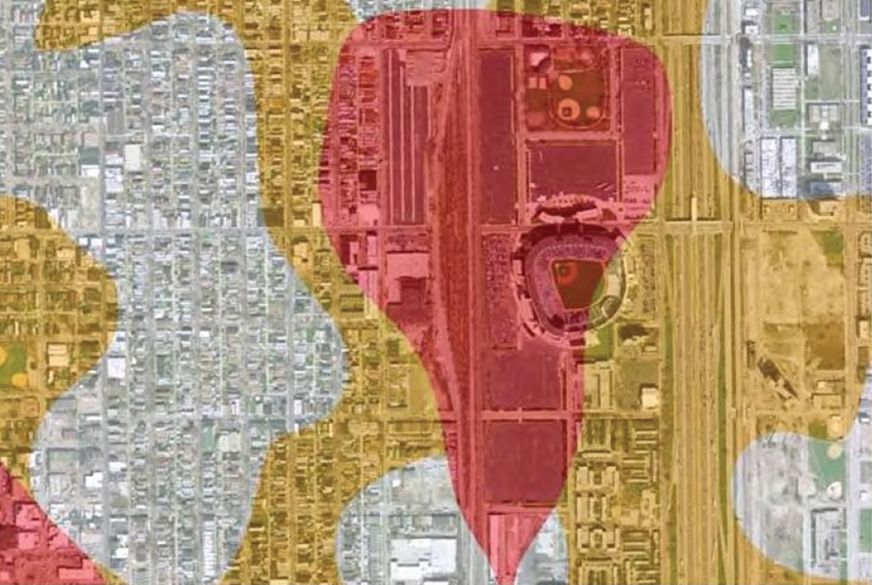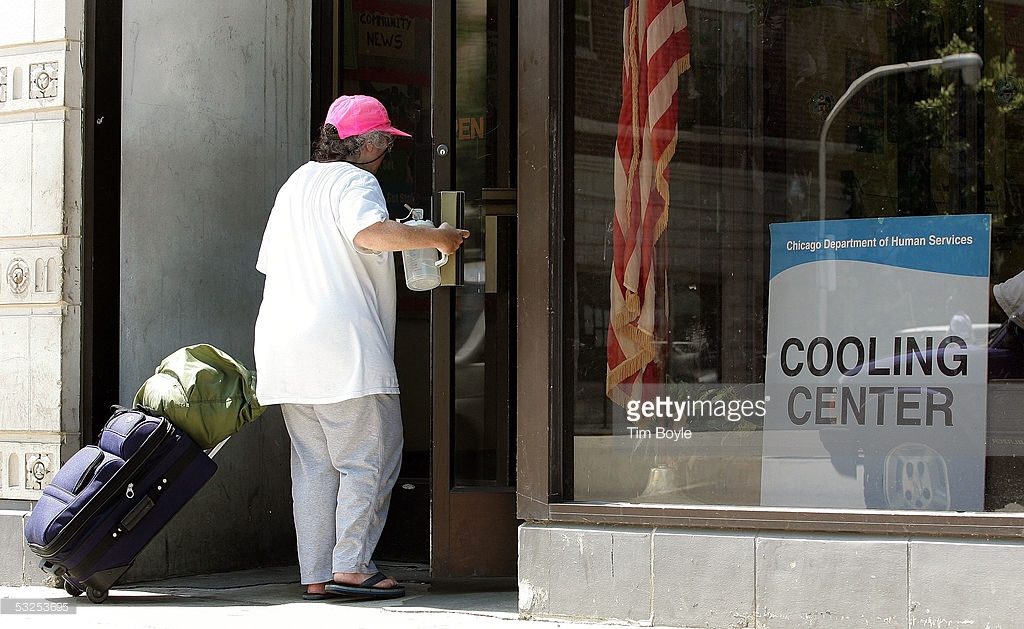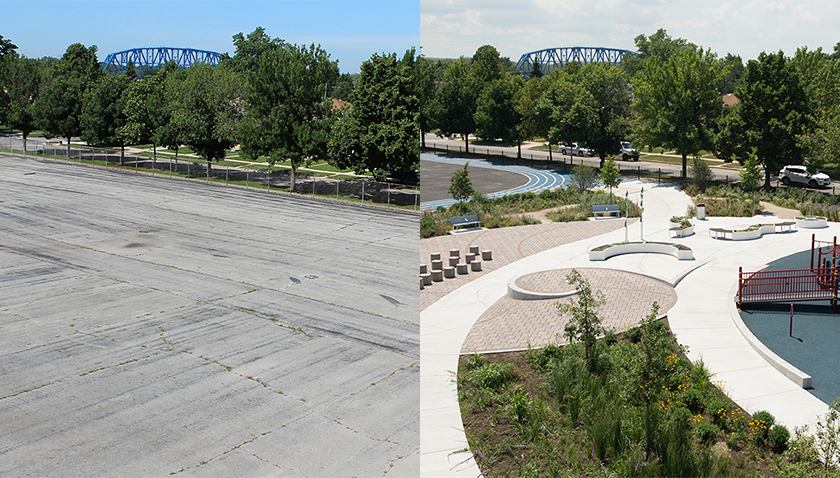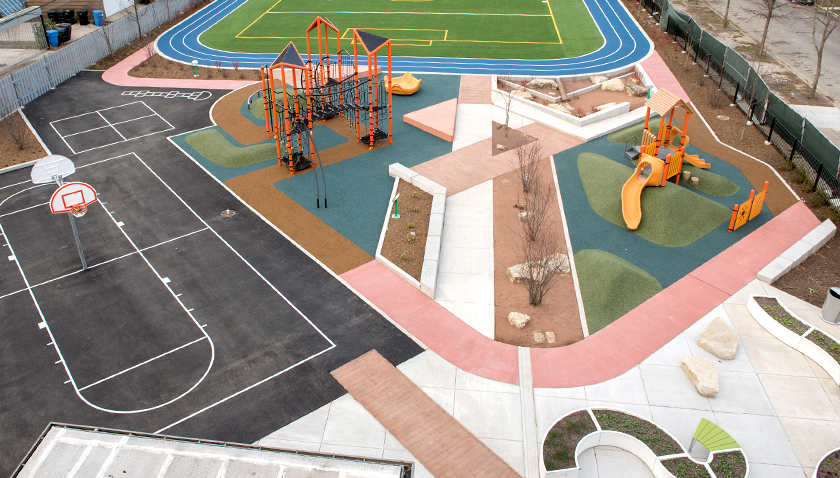City: New York
Country / US State / US Territory: New York
Type of Solution: City Government Program
Climate Impact: Seal Level Rise; Hurricanes and Storm Surge; Extreme Precipitation and Flooding
Social Value Created: Affordable and Safe Housing; Social Justice and Equity for Vulnerable Communities; Public Health and Safety
The Built It Back Program was started after Hurricane Sandy struck in 2012. The Program provided homeowners, landlords, and tenants in low- and middle-income neighborhoods affected by the storm with funds sustainably rebuild homes. The goal of the program is to help vulnerable communities rebuild their homes and be better prepared for future hurricanes.
Homes must be rebuilt above Base Flood Elevation level and must be certified by Enterprise Green Communities, a certification for sustainable and energy efficient buildings, to improve communities’ resilience to flooding and Sea Level Rise. In addition to assistance in reconstructing homes, the Program funded legal counseling and temporary housing for residents affected.
The Program received 20,000 applications, and 16,000 completed the initial eligibility review. As of June 2018, the program has helped 12,500 households through reimbursement checks, construction starts, and acquisitions
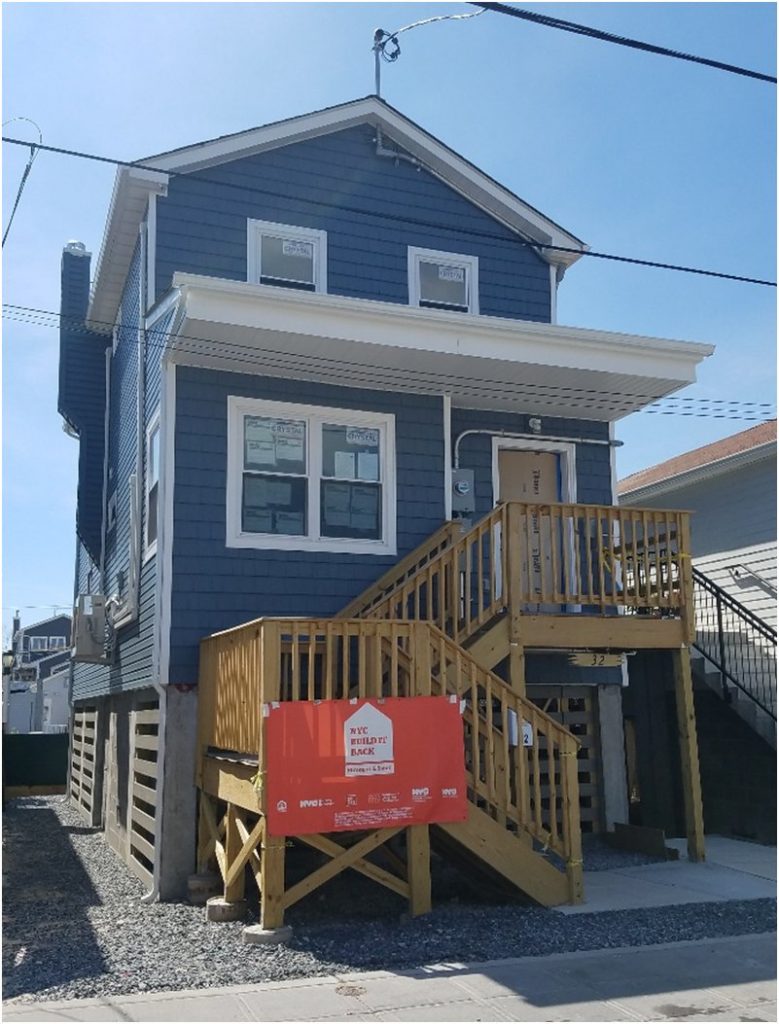
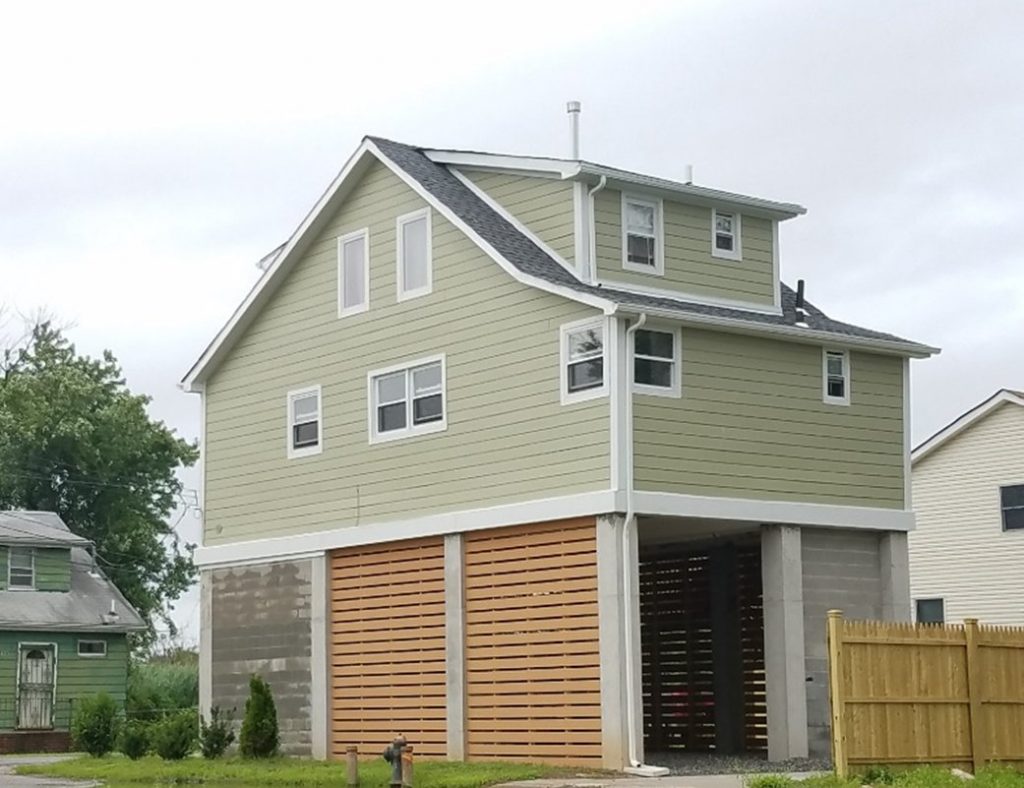
Sources
The City of New York. (2018). NYC Build It Back Stronger and Safer: Welcome to NYC Housing Recovery. Retrieved from http://www.nyc.gov/html/recovery/html/home/home.shtml.
The Adaptation Clearinghouse. (2016). New York City Build It Back Program. Retrieved from http://www.adaptationclearinghouse.org/resources/new-york-city-build-it-back-program.html.


